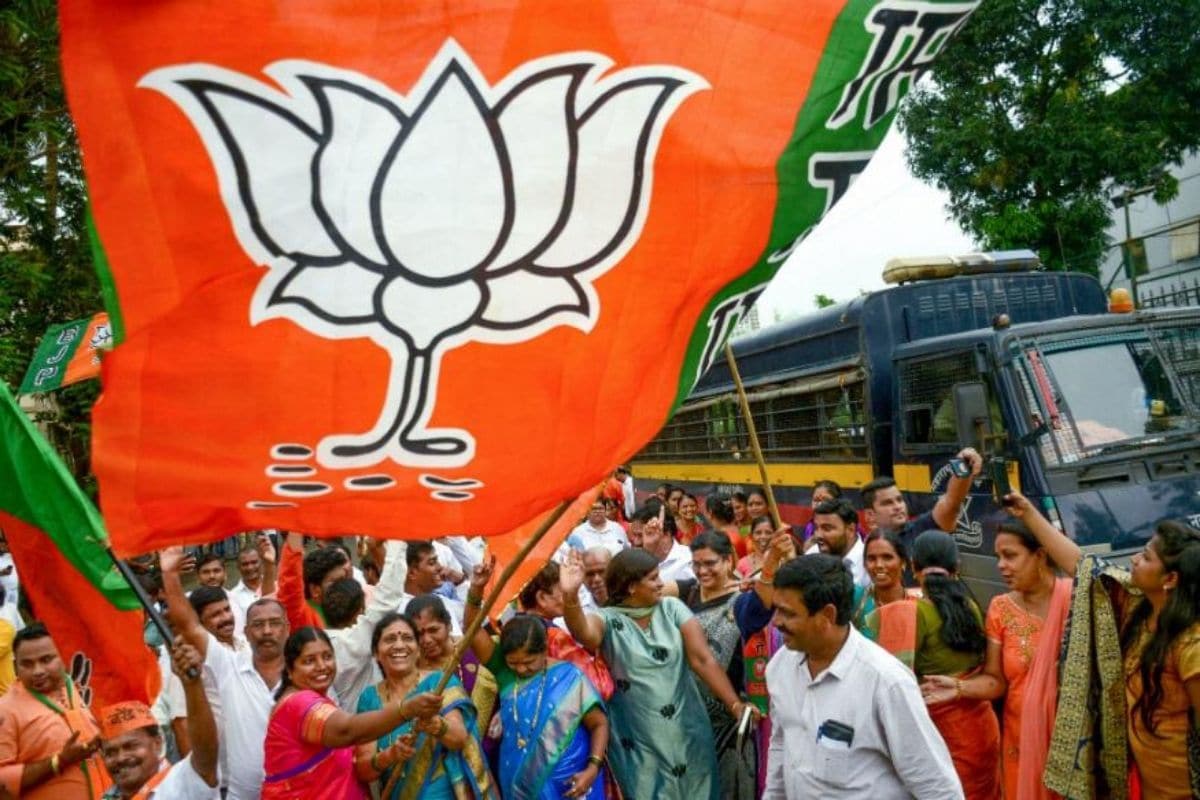
Politically speaking, West Bengal contains multiple Bengals in itself. But the only Bengal within West Bengal that I am going to write about here is originally Hindi-speaking. This Hindi-speaking West Bengal arose through immigrants from northern India. Migration from North India to Bengal started a long time ago.
During colonial times, a large population of workers, merchants, etc., moved to Bengal. The flow of Indians from the north to Bengal remained rapid until around 1960. When the decline of industries in Bengal began around the 1960s, the migration rate also began to gradually decrease. However, West Bengal continues to attract significant numbers of migrants, mainly from Bihar, Uttar Pradesh, Jharkhand, Rajasthan, etc. Many “migrants” have settled in Bengal for three or four generations. Most of them have been living in and around the industrial belt comprising Howrah, Hooghly, 24 Parganas, etc., and the Asansol-Raniganj coal belt.
Some of the immigrants also settled in the cities and kasbas of Bengal and opened shops selling tea, paan, groceries, etc. They are originally Hindi speakers, but slowly evolved as multilingual communities that are also fluent in Bengali. It is interesting to note that approximately half of the migrants in West Bengal have moved from Bihar over the years.
These migrant communities generally have no political leanings, except for those that were mobilized as part of trade union movements by left-wing political parties. In recent years, it has been observed that a part of them that is influenced by the political culture of their home states has emerged as a voting base for the Bharatiya Janata Party (BJP) in West Bengal.
One can hear praise for Prime Minister Narendra Modi and the BJP from these North Indian immigrants in recent years. Small Ram and Hanuman temples have been or are being built around their paras (wards) and bastis. The Hindutva policy to protect its North Indian version of Hindu culture functions as a mobilizing force in favor of the BJP in the elections. The language and slogans of the BJP politics evoke memories of the culture of their homeland. It is the basis of your comfortable association with the BJP.
The eminent scholar of Bengali culture and politics, Professor Partha Chatterjee, recently noted in an interview that immigrants from Rajasthan, who are comparatively wealthier and mostly merchants, are investing a portion of their income in building these temples in Bengal. So the cultural environment for the emergence and growth of the BJP policy is being created by a section of the migrant communities of northern India. When interviewing these North Indian migrants and their families over the phone, it can easily be seen that a large part of these communities seem to sympathize with BJP’s politics. However, the mostly marginalized labor sectors of this population still have an affinity with the politics of Congress and the Trinamool Left. Some of them also take the middle road when commenting on politics and are of the opinion that the BJP may be better for Delhi politics (like the country’s ruling party) but Didi (Mamata Banerjee) is good for them in Bengal.
So it is true that these immigrants from North India may not emerge as a homogeneous vote base for the BJP, but most of them seem to lean towards their politics. The TMC has apparently not been very successful in providing representation to these migrants in state power and governance. Since most of them have been living here for years, their political aspirations are also gradually growing. The BJP is making a great effort to cater to these Hindi-speaking immigrants from North India in order to achieve success in the 2021 West Bengal assembly elections.
(The author is a professor and director of the GB Pant Institute of Social Sciences, Prayagraj. Opinions are personal)
.